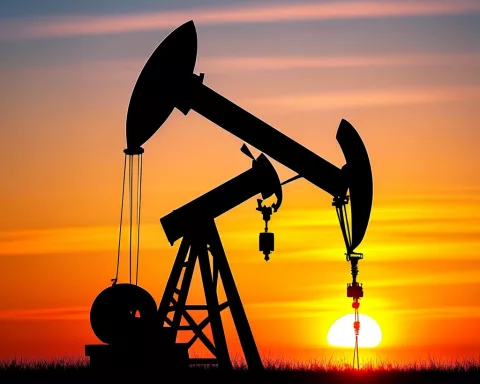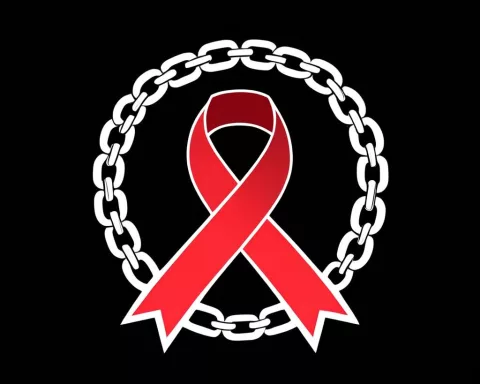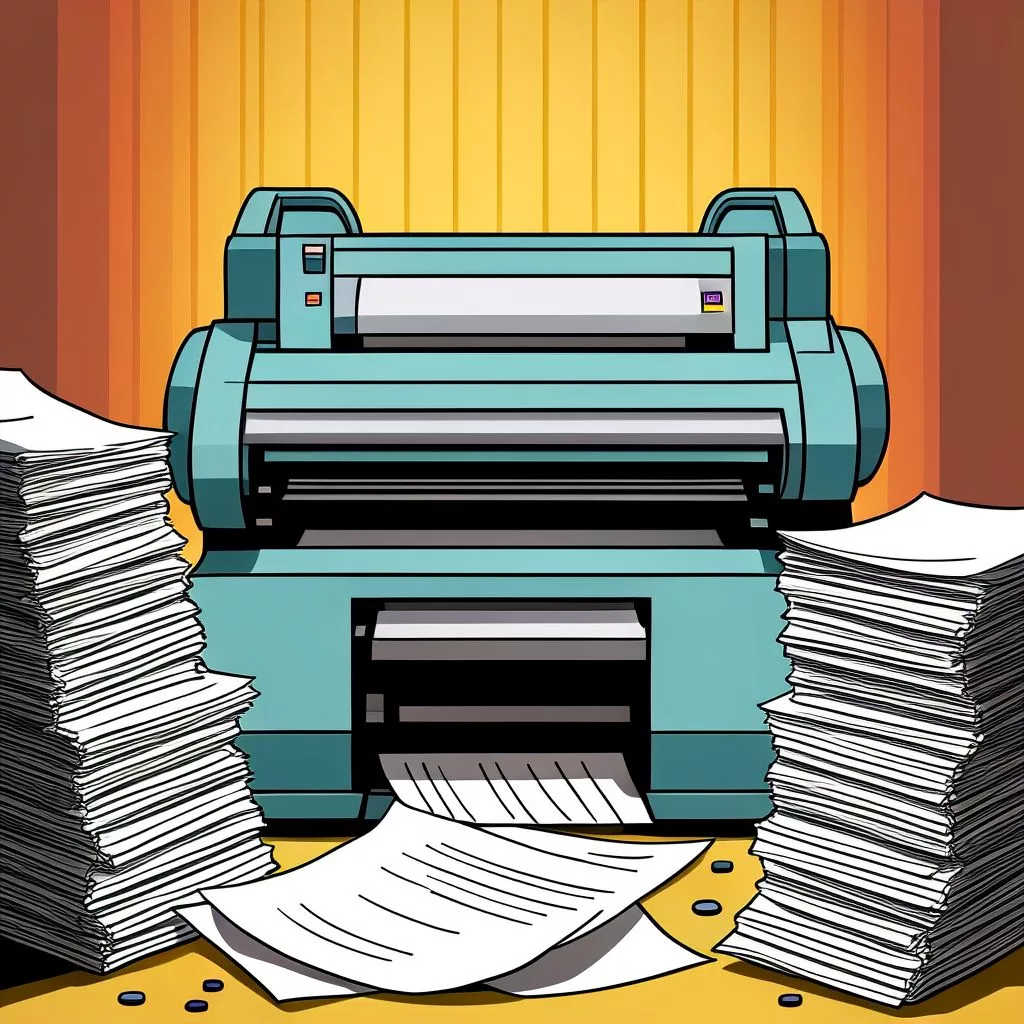Eskom, South Africa’s main electricity provider, is facing tough times in an ongoing energy crisis. With power outages called load shedding becoming a regular part of life, the company struggles to meet its energy goals, recording a low energy availability factor of just 60.6% for 2025. Despite efforts to improve maintenance and reduce reliance on expensive diesel, challenges like high debt and outdated infrastructure make it hard for Eskom to keep the lights on. However, there’s a glimmer of hope as renewable energy projects and efficiency improvements show promise for a brighter future.
What are the main challenges facing Eskom in South Africa’s energy crisis?
Eskom faces several challenges in South Africa’s energy crisis, including:
– Low Energy Availability Factor (EAF): Struggling to meet targets, with EAF recorded at 60.6% for 2025.
– Frequent Load Shedding: Ongoing power outages highlight system fragility.
– Financial Constraints: High debt limits investment in infrastructure and maintenance.
Ambitious Targets and Persistent Challenges
Navigating through South Africa’s complex energy landscape, Eskom stands as both a cornerstone utility and a symbol of ongoing struggles. The company aimed to achieve a 70% Energy Availability Factor (EAF) by March 2025 but fell short, recording an EAF of 60.6% for the financial year ending March 31, 2025. This figure reflects the persistent difficulties Eskom encounters in stabilizing the nation’s electricity supply.
Back in October 2022, Eskom’s future seemed brighter. The Eskom board, alongside former Public Enterprises Minister Pravin Gordhan, set incremental EAF goals: 60% by March 2023, 65% by March 2024, and 70% by March 2025. There was a palpable sense of optimism, and the targets appeared reachable. Nevertheless, despite these well-thought-out plans, the utility has consistently fallen short of its benchmarks. In 2024, the EAF averaged 60.1%, a slight improvement from 55% in 2023, as reported by the Minerals Council of South Africa.
This ongoing battle with energy availability has deep-seated roots. Eskom’s chairperson, Mteto Nyati, expressed confidence in early 2025 that load shedding would be a thing of the past by the end of March 2025. This optimism was based on a two-year maintenance strategy initiated in March 2023, aimed at improving plant performance. However, as of early April 2025, the EAF remains below 60%, and load shedding continues, raising doubts about the effectiveness of the recovery strategies.
The Fragility of the Power System
The re-emergence of load shedding in March 2025, after a period of stability, highlights the fragility of South Africa’s power system. On March 19, 2025, Eskom implemented Stage 2 load shedding due to the breakdown of five generation units. This recurrence underscores the utility’s ongoing struggles. Historically, load shedding started in 2007 and has since become an unwelcome part of daily life in South Africa.
Despite these setbacks, there are signs of progress. By mid-March 2025, Eskom reported significant diesel savings amounting to R16.76 billion year-on-year. These savings resulted from reduced reliance on Open-Cycle Gas Turbines (OCGTs) and sustained high levels of planned maintenance. These operational efficiencies indicate that some facets of Eskom’s strategy are indeed yielding positive results.
To appreciate the current scenario, one must consider Eskom’s historical and socio-political context. Founded in 1923, Eskom has grown alongside South Africa, witnessing its tumultuous history and playing a pivotal role in its industrialization. The challenges Eskom faces today are not just technical but also deeply intertwined with the socio-political fabric of the nation.
Historical and Socio-Political Context
Eskom’s struggles are reminiscent of the broader post-colonial challenges many African nations encounter. The legacy of apartheid left South Africa with profound economic and social scars. Eskom, like many other state-owned entities, was affected by these influences. The transition to democracy in 1994 brought a wave of hope and new challenges, including the urgent need to provide electricity to previously underserved communities.
Eskom’s journey mirrors the global energy landscape. The late 20th and early 21st centuries saw a worldwide shift towards renewable energy, driven by climate change concerns and technological advancements. However, South Africa’s heavy dependence on coal-fired power plants presents unique challenges. Transitioning to a more sustainable energy mix is not only an environmental necessity but also an economic imperative.
Financial constraints further compound Eskom’s struggles. The utility’s debt has escalated over the years, limiting its ability to invest in new infrastructure and maintenance. These financial woes are not just a result of mismanagement but also reflect broader economic challenges. South Africa’s economy has faced significant obstacles, including high unemployment rates and sluggish economic growth, directly affecting Eskom’s financial stability.
Resilience and Innovation Amidst Challenges
Nevertheless, stories of resilience and innovation abound in the energy sector. There is growing interest in renewable energy projects, with Independent Power Producers (IPPs) playing an increasingly crucial role in the energy mix. These projects not only provide much-needed capacity but also represent a diversification of the energy landscape. The government’s Renewable Energy Independent Power Producer Procurement Programme (REIPPPP) has been instrumental in this direction, attracting both local and international investments.
Efforts to stabilize the grid have also seen some success. A two-year maintenance plan implemented in March 2023 aimed to enhance plant performance. While the results have been mixed, the initiative reflects a commitment to long-term solutions. The importance of regular maintenance cannot be overstated; it is the foundation of any reliable utility service.
Eskom’s leadership remains vocal about their commitment to ending load shedding. Mteto Nyati’s confidence in early 2025 was not merely rhetoric; it was based on concrete plans and initiatives. However, the complexity of the challenges means that solutions are not always straightforward. The breakdown of five generation units in March 2025, resulting in the recurrence of load shedding, serves as a stark reminder of the delicate balance Eskom must maintain.
Public Sentiment and Future Prospects
Public sentiment towards Eskom is a mix of frustration and cautious optimism. The frequent load shedding has undoubtedly strained public confidence. However, the significant diesel savings reported in mid-March 2025 offer a glimmer of hope. These savings highlight the potential for operational efficiencies and better resource management.
Eskom’s story is one of a giant grappling with its own weight. The utility’s challenges are multifaceted, encompassing technical, financial, and socio-political dimensions. The journey towards a stable and reliable electricity supply is fraught with obstacles, but it is also a journey of resilience and determination.
As South Africa continues to navigate its energy crisis, the pressure on Eskom’s leadership to deliver effective solutions remains immense. The stakes are high, not just for the utility but for the entire nation. Economic growth and public confidence hinge on a reliable electricity supply. Eskom’s journey is far from over, and the coming years will be crucial in shaping the future of South Africa’s energy landscape.
“`markdown
FAQ on Eskom’s Struggles and Efforts
What is Eskom and what role does it play in South Africa?
Eskom is South Africa’s primary electricity provider and a vital utility in the country. Founded in 1923, Eskom has played a crucial role in South Africa’s industrialization and development, supplying electricity across various sectors. However, it currently faces significant challenges in maintaining reliable power supply amidst an ongoing energy crisis.
What are the main challenges Eskom is currently facing?
Eskom’s primary challenges include:
– Low Energy Availability Factor (EAF): Eskom recorded an EAF of only 60.6% for 2025, falling short of its target.
– Frequent Load Shedding: Power outages, known as load shedding, have become a common occurrence due to the fragility of the power system.
– Financial Constraints: Eskom is burdened with high debt, which limits its ability to invest in necessary infrastructure and maintenance to improve service reliability.
How has Eskom attempted to improve its situation?
Eskom has implemented several strategies to address its challenges, including:
– A two-year maintenance plan initiated in March 2023 aimed at enhancing plant performance.
– Efforts to reduce reliance on expensive diesel, resulting in significant diesel savings of R16.76 billion year-on-year by mid-March 2025.
– A commitment to increasing the Energy Availability Factor to 70% by March 2025, although this target has proven difficult to achieve.
What historical factors have contributed to Eskom’s current issues?
Eskom’s struggles are deeply intertwined with South Africa’s socio-political history. The legacy of apartheid has left lasting economic and social challenges, affecting the utility’s operations. The transition to democracy in 1994 brought about the need to extend electricity access to underserved communities, further complicating Eskom’s mission.
What is the future outlook for Eskom and South Africa’s energy supply?
While Eskom faces significant obstacles, there are signs of potential improvement through the development of renewable energy projects and independent power producers (IPPs). Public sentiment is mixed, with frustrations over load shedding, but some optimism surrounding operational efficiencies and savings. The coming years will be critical as Eskom seeks to stabilize the power supply and regain public confidence.
How can residents stay informed about Eskom’s efforts and updates?
Residents can stay informed through Eskom’s official channels, including its website and social media platforms, as well as news outlets that cover energy and infrastructure developments in South Africa. Engaging with community forums and discussions can also provide insights into Eskom’s initiatives and the broader energy landscape.
“`












